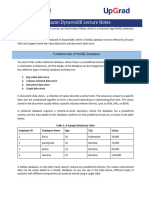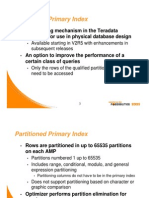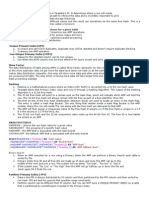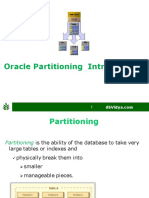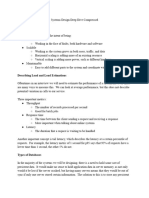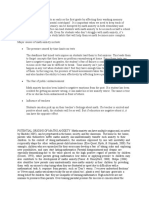0% found this document useful (0 votes)
26 views88 pagesDeep Dive Dynamo DB
The document provides an in-depth overview of Amazon DynamoDB, covering its architecture, including tables, partitioning, and indexing, as well as scaling and data modeling best practices. It emphasizes the importance of key choice and uniform access patterns for optimizing throughput and discusses various scenarios for using DynamoDB effectively, such as event logging and real-time voting. Additionally, it highlights the integration of DynamoDB Streams and AWS Lambda for event-driven programming.
Uploaded by
Vikram SimhaCopyright
© © All Rights Reserved
We take content rights seriously. If you suspect this is your content, claim it here.
Available Formats
Download as PDF, TXT or read online on Scribd
0% found this document useful (0 votes)
26 views88 pagesDeep Dive Dynamo DB
The document provides an in-depth overview of Amazon DynamoDB, covering its architecture, including tables, partitioning, and indexing, as well as scaling and data modeling best practices. It emphasizes the importance of key choice and uniform access patterns for optimizing throughput and discusses various scenarios for using DynamoDB effectively, such as event logging and real-time voting. Additionally, it highlights the integration of DynamoDB Streams and AWS Lambda for event-driven programming.
Uploaded by
Vikram SimhaCopyright
© © All Rights Reserved
We take content rights seriously. If you suspect this is your content, claim it here.
Available Formats
Download as PDF, TXT or read online on Scribd
/ 88













